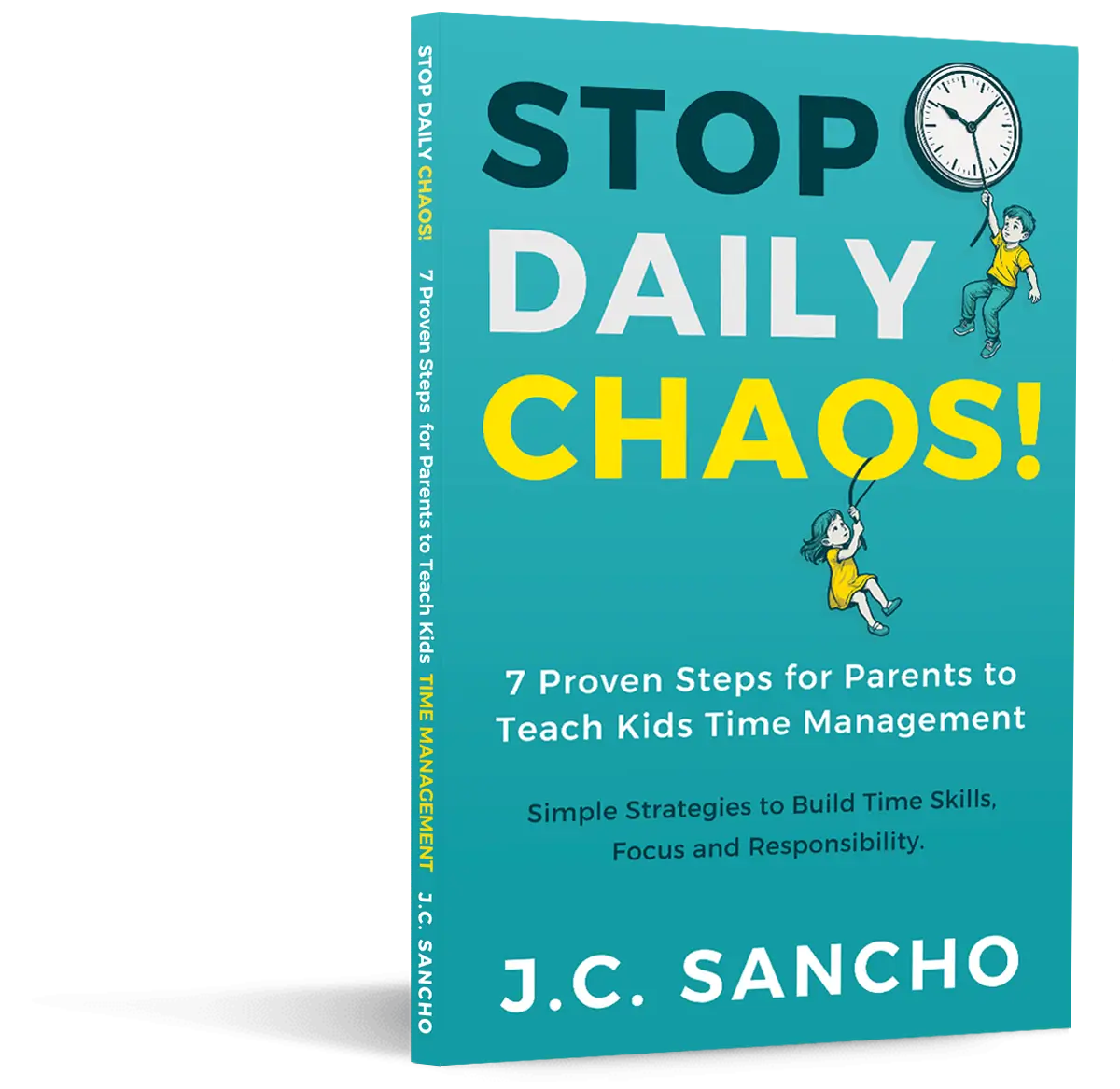Artificial intelligence has become part of daily life. Kids use it for school research, writing drafts, solving math problems, and studying for quizzes. Many parents feel torn: AI tools seem helpful, yet they raise concerns about shortcuts, dependency, and whether kids are truly learning. You’re not alone in trying to figure out a balanced approach. With clear guidance and steady boundaries, AI can support learning rather than replace it.
Understanding How Kids Use AI for Homework
AI homework tools cover a wide range of functions. Some focus on grammar corrections, others explain concepts, solve math problems, summarize chapters, or help outline essays. They give students instant feedback and offer explanations at any time of day. This convenience explains why kids gravitate toward them so quickly. The concern isn’t the technology itself—it’s how it’s used.
Today’s students will grow up in a world where AI is a normal part of work, communication, and problem-solving. Teaching them to use AI responsibly is a modern version of teaching them how to use calculators, search engines, or reference books. When parents understand the role AI plays in learning, they can set boundaries that strengthen—not weaken—the child’s thinking skills.
The Real Risks: Why Boundaries Matter
AI can support learning, but it can also interfere with it. Some kids start relying on AI for step-by-step answers instead of wrestling with problems on their own. Others start copying AI-generated writing without understanding the content. These habits weaken critical thinking and reduce the child’s ability to work independently.
The goal is not avoiding AI altogether. The goal is guiding children so AI becomes a tool, not a shortcut. When boundaries are clear, kids learn how to analyze information, question suggestions, and build their own academic skills.
Clear Strategies for Setting Healthy Tech Boundaries
1. Start with an Honest Conversation About AI
Kids need to understand what AI is before they can use it responsibly. Describe AI as a tool that predicts answers based on patterns. Emphasize that it isn’t a teacher and it isn’t always accurate. Explain that AI doesn’t know their class requirements, school rules, or personal learning needs. This mindset helps them maintain a healthy skepticism instead of blind trust.
- “AI helps explain ideas, but you still need to understand the work.”
- “Use AI to learn, not to bypass effort.”
- “Your teacher wants your voice and your thinking.”
Setting expectations early prevents confusion later. Kids who understand the purpose of AI are more likely to use it responsibly.
2. Create Household Rules That Support Responsible AI Use
Boundaries remove ambiguity. Kids benefit from knowing when, where, and how AI is allowed. A clear household framework removes guesswork and reduces arguments.
- Homework first, AI second. Kids attempt the assignment on their own before checking AI for explanations.
- Use AI only for clarification. Not for writing full essays or solving entire worksheets.
- Tech-free zones. Keep bedrooms, meal areas, and family time free of screens.
- Time limits. Avoid long study sessions dominated by screens.
These boundaries help your child keep ownership of their work while still benefiting from modern tools.
3. Encourage Active Use Instead of Passive Use
Some kids copy AI answers without reading them. This creates a false sense of understanding. To counteract this, teach your child to use AI interactively:
- Ask follow-up questions. “Explain it in simpler steps.” “Give me another example.”
- Compare answers. “Does this match what the teacher taught?”
- Rewrite it in their own words. This step reveals true comprehension.
When kids engage with the material, they convert AI explanations into real learning.
4. Maintain Visibility Into How AI Is Used
Kids work best when they know their efforts matter. Check their drafts, review their steps, and ask them to walk through their reasoning. Not as surveillance—but as connection.
Simple questions reveal whether your child is learning or relying too heavily on technology:
- “Show me how you got that answer.”
- “Explain it to me in your own words.”
- “What did the tool help you understand?”
These small check-ins build accountability while strengthening conversation around learning.
5. Watch for Red Flags of AI Overuse
Healthy use is easy to spot: your child understands the work and can explain the content themselves. Over-reliance shows up differently.
- Difficulty explaining how they arrived at an answer
- Frustration when AI is unavailable
- Skipping instructions or reading assignments
- Homework completed faster than usual with little understanding
- Decline in writing ability or problem-solving skills
These signs signal the need for tighter boundaries and more guidance.
Deeper Guidance: Teaching Digital Literacy and Critical Thinking
AI isn’t going away. Kids need strong critical thinking skills to navigate digital information safely and responsibly. Teaching digital literacy equips them with judgment and discernment—skills far more important than simple correctness.
- Show them how to verify information. Cross-check AI explanations with class notes or textbooks.
- Teach them to analyze tone and accuracy. Not everything AI produces is reliable.
- Discuss privacy and data use. Kids should know why they never share personal details online.
- Emphasize academic integrity. Integrity matters more than shortcuts.
These principles prepare your child for a world where technology plays a central role in education, work, and daily life.
Your Top Questions Answered
Is it cheating to use AI for homework?
It depends on how it’s used. Asking AI to explain concepts is similar to asking a tutor. Copying full answers undermines learning. Encourage transparency and refer to school guidelines.
What’s the best age to introduce AI tools?
Most children can start in late elementary school with supervision. Younger kids need guidance to prevent misunderstanding and overuse.
What if my child becomes dependent on AI?
Pull back on access, strengthen routine study habits, and work with their teacher to rebuild independent skills. Kids adapt quickly when expectations are consistent.
Are there specific apps that support genuine learning?
Tools like Khan Academy, Photomath explanations, and language-learning apps encourage understanding rather than shortcuts. Match tools to your child’s learning needs.
A Parent’s Role in a Tech-Driven Era
Raising children in a world shaped by technology brings new challenges, but it also offers new opportunities. Kids don’t need protection from AI—they need guidance through it. When you set steady boundaries, encourage curiosity, and hold space for real learning, your child develops responsibility, resilience, and independence.
Your leadership helps your child grow into a thoughtful digital citizen who uses technology wisely and confidently. With clarity and consistency, AI becomes a tool that strengthens learning rather than replacing it.



